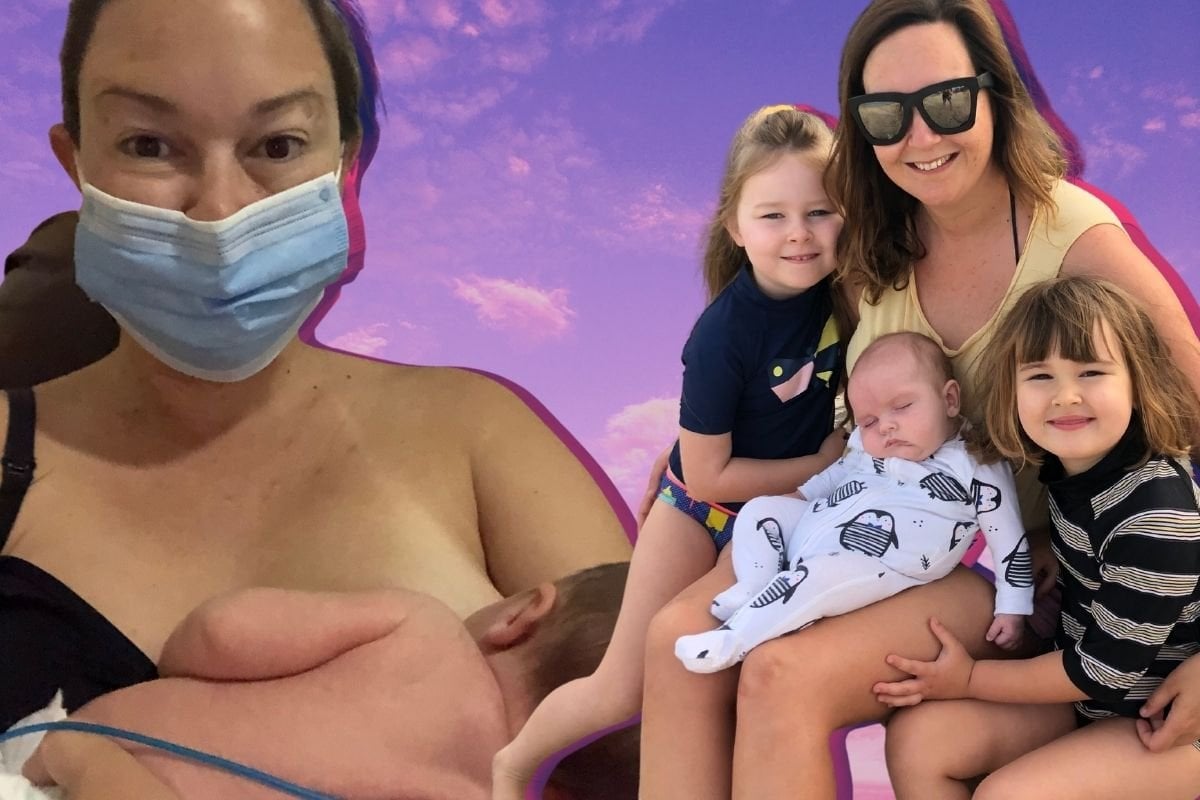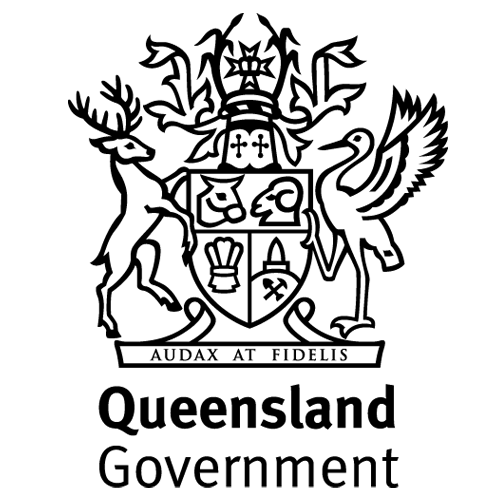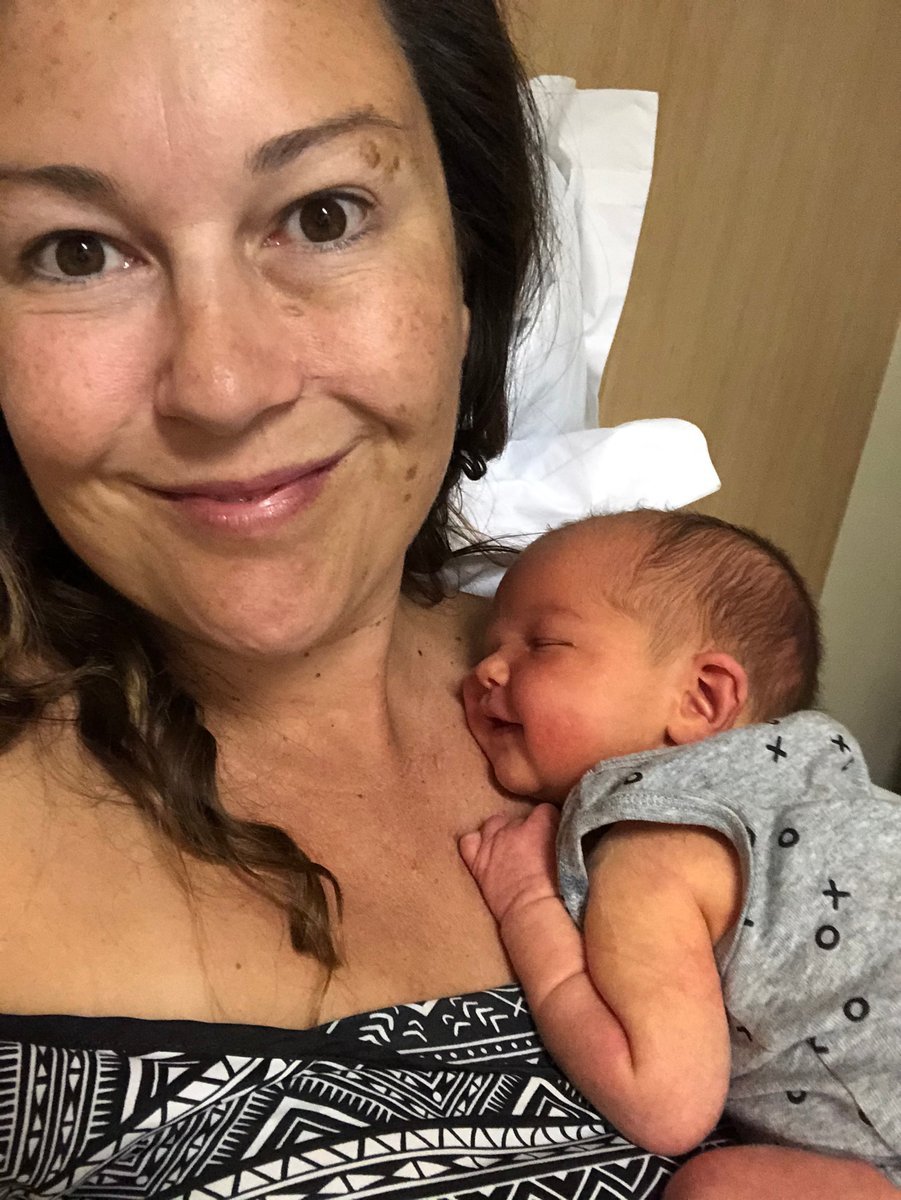

In early 2020, I was excited to discover I was pregnant with my third child, but nervous about going through the experience as a mother of "advanced maternal age". I worried that the world of pregnancy and babies had changed in the five years since I'd been there.
Then the whole world changed.
As the first COVID-19 cases were diagnosed on Australian shores, high-risk individuals were urged to stay at home as much as possible. I wasn't far enough along to be attending regular prenatal appointments yet, and I struggled to work out whether my pregnancy put me into that category. I madly googled European cases of COVID-19 positive mothers who had already delivered, trying to work out how the virus affected babies and how worried I needed to be. I hit the mummy-to-be forums, and gave myself nightmares thanks to the horror stories being shared on there. Thankfully, I discovered Queensland Health's COVID-19 Guide for Pregnant and Breastfeeding Women and began checking regularly for updates. It was a relief to have an up-to-date source of clear information instead of relying on the rumours and speculation flying across social media.
To start with, the guide made it clear that pregnant women should follow the same advice as the general public. To protect yourself and others from getting COVID-19, you should stay home if you're sick, get tested if you have any symptoms of COVID-19, no matter how mild, stay 1.5 metres away from other people (and where that's not possible, wear a mask), wash your hands with lots of soap and water, and sneeze or cough into your arm or a tissue. You should also try to avoid: going near other people who are coughing or sneezing; touching your mouth, nose and eyes; shaking hands; and hugging or kissing others.


